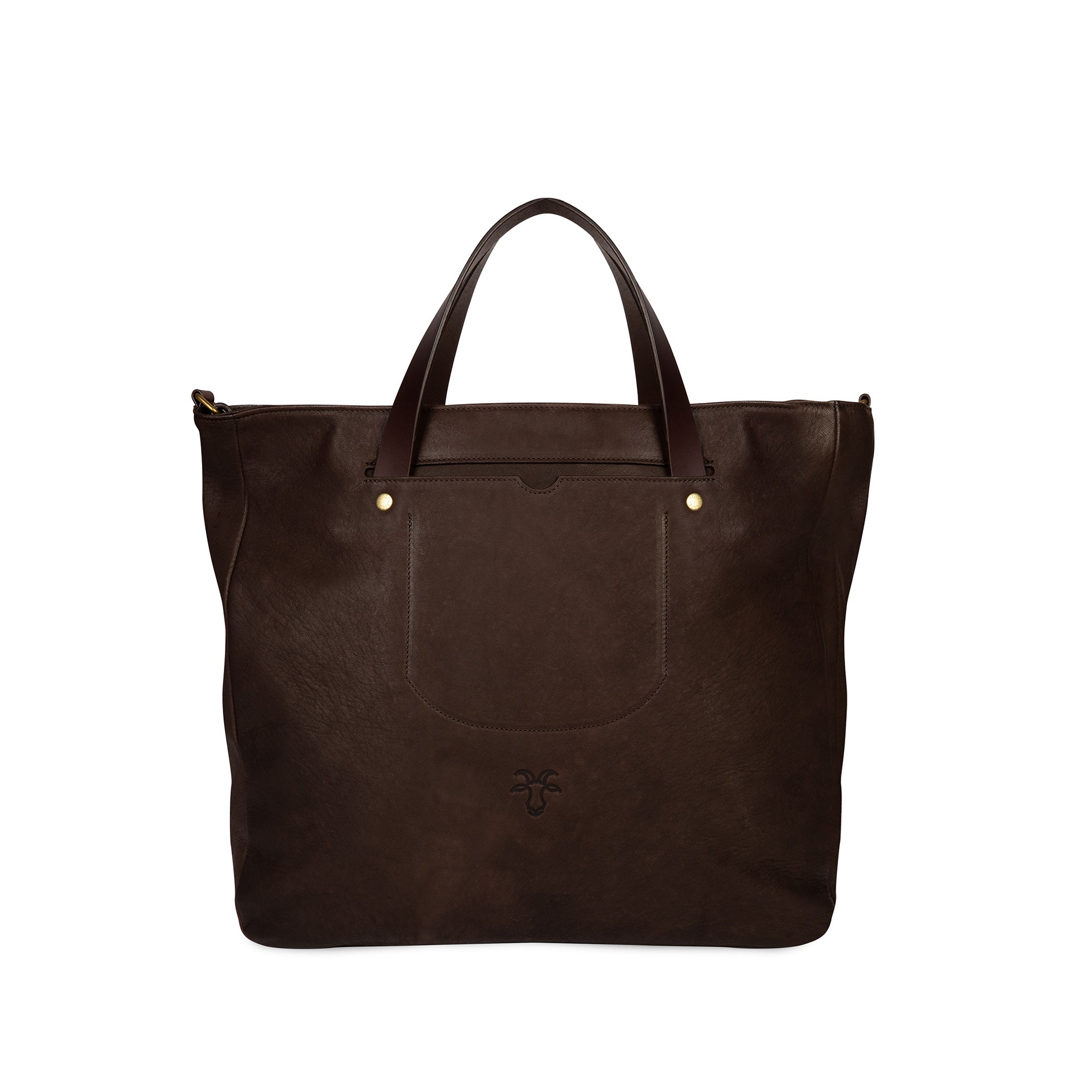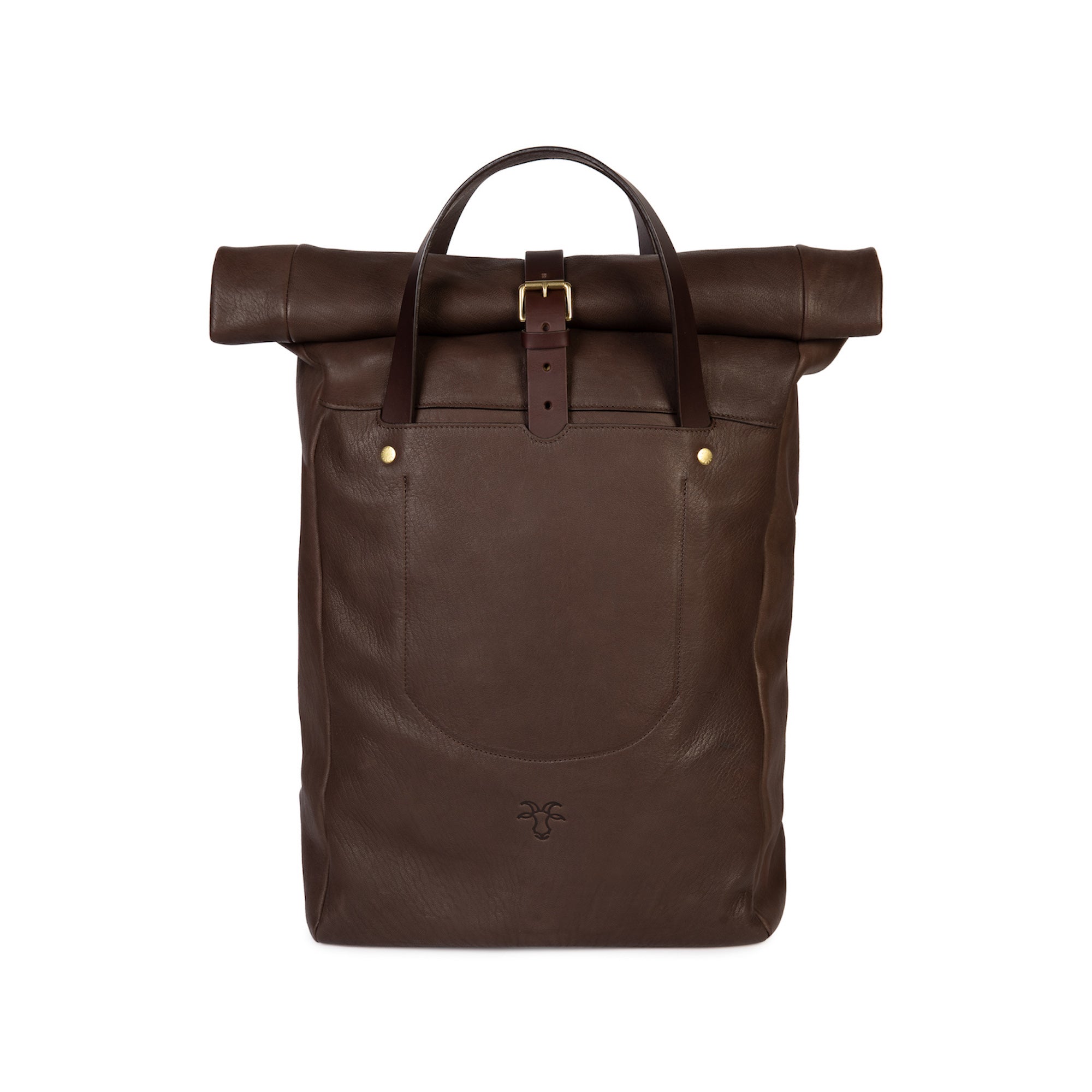Just like our goat hides, here at Billy Tannery, the deer leather that we produce at our UK-based leather tannery is fully traceable.
We use both UK Red and Fallow deer skins that would have otherwise been thrown into landfill. Some are from farms, but a large proportion of these hides are the waste from wild venison producers who obtain their meat from deer culling.
We thought we’d take this opportunity to explain what deer culling is, why it is necessary and how we use the skins from this process to create high-quality, stylish, and sustainable leather pieces.
What is deer culling?
Deer are important to our country’s biodiversity and there are six main breeds of deer found in the UK: fallow, muntjac, red, roe, sika, and Chinese water deer.
However, the UK’s deer population is thought to be the highest it has been in a thousand years, with approximately two million deer believed to be currently roaming throughout the countryside and semi-urban areas.
Deer culling is the process of reducing this number to an agreed level in a humane and responsible way. Deer culling happens in many places throughout the country and is carried out in a manner that ensures the deer population remains healthy and can exist in harmony with its environment and other creatures.
Richmond Park in London, for example, has two culls per year. In February, males are culled, and in November, female numbers are managed, equating to 80-130 deer being culled in total.
Over in Scotland, Forestry and Land Scotland (a government agency responsible for maintaining national forests and lands) has released a five-year deer management plan. Over the next half-decade, more than 150,000 deer are set to be professionally culled across Scotland.

Is deer culling necessary?
Deer numbers have been able to thrive for several reasons. In 1963, the Deer Act was enacted, and this stopped deer from being viewed as pests, limiting who could manage their numbers and how this could be done.
The habitat that deer have in the UK is also optimal for their survival. There is plenty of arable land and forest cover, and they have plenty of food sources.
They also have no natural predators. In the Americas, deer are the prey of wolves, cougars, jaguars and even alligators. But, in the UK, there are no other animals that hunt them, except for humans.
Even the national Covid-19 lockdowns caused deer numbers to spiral. With people largely confined to their homes, there was less human interaction and intervention, meaning they were able to reproduce in higher numbers. Paired with a reduction in demand for venison from restaurants closed during lockdowns, deer numbers have been able to boom year on year, to levels that have a detrimental impact on the natural environment.
There are several important motives behind deer culling:
Damage to plants and agriculture: Deer are responsible for millions of pounds worth of damage to commercial woodlands, plantations, and crops annually.
Road traffic accidents: It is reported that there are between 40,000 and 74,000 accidents involving deer on UK roads each year, with 700 people injured and 10-20 people killed.
Bird numbers: It has been estimated that there has been a 50% decline in wild bird numbers in areas that deer populations inhabit. This is because the deer eat low, dense vegetation that some bird species rely on.
Age diversity: Deer can affect the age diversity of woodlands. They can strip bark from old trees which ultimately kills them and reduces the number of tree species in a given area.
What happens to the culled deer?
Deer that are culled usually get sold to licensed game meat dealers. In Richmond and Bushy Park, for example, between 2013 and 2018, the combined number of deer culled were sold for approximately £250,000 and this money was then reinvested back into the parks and animal welfare.
Game dealers will butcher the deer to obtain cuts of venison. They will then sell this meat to restaurants, supermarkets, etc. What’s left over after this process is the deer skins. This is where we come in. We take these deer skins and turn them into versatile, eco-conscious leather.
We use the same vegetable tanning methods as we do with our goat leather, at our own UK leather tannery. This includes using mimosa bark to tan our leather, which gives it a great colour, aroma and patina.
We then use these deerskins to make high-quality, timeless pieces including deer suede sneakers and leather tote bags. But we don't stop at wearable accessories. Billy Tannery also produces aesthetically appealing interior décor items for the home such as luxury coasters and leather placemats.
All our goatskin and deerskin leather goods are sourced, designed, and crafted right here in the UK, with a focus on quality, style and sustainability. Browse our full range of leather products and follow us on Instagram to find out more about our deer leather launch plans.


































